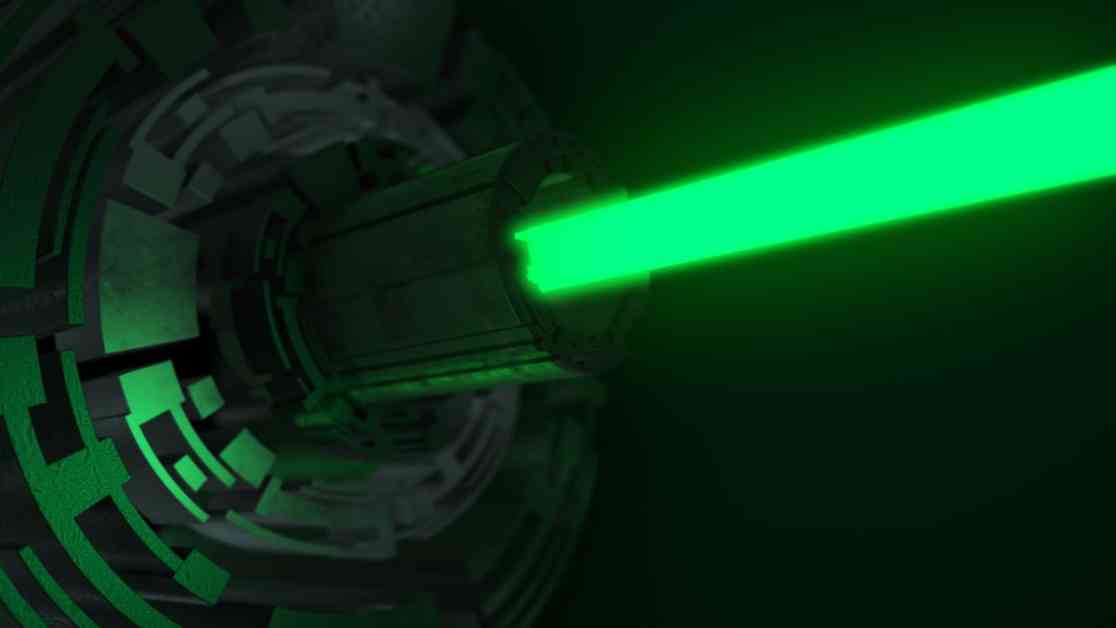The Linac Coherent Light Source (LCLS) at the SLAC National Accelerator Laboratory has recently undergone a major upgrade, making it the most powerful X-ray laser in the world. This upgrade, funded by the U.S. Department of Energy, will allow scientists to delve deeper into the atomic world and study the smallest particles with unprecedented detail.
The LCLS works by speeding up electrons to near the speed of light and then concentrating them through an array of magnets to produce a bright, intense beam of X-rays. This beam is used to analyze atoms, nanostructures, and molecules, providing insights into the fundamental processes that govern our world. The laser’s capabilities are especially valuable for research in quantum, energy, and biological sciences.
The recent upgrade, known as LCLS-II-HE, will double the energy produced by the free-electron beam, resulting in a 3,000-fold increase in brightness. This enhancement will enable scientists to capture atomic-scale motion in materials, chemical systems, and biological complexes, addressing key challenges facing society. The upgrade is expected to cost $716 million and is projected to be completed by 2030.
In addition to advancing scientific discovery, the upgraded LCLS will generate over one petabyte of data per day. This data can be utilized to train machine learning and artificial intelligence models, further enhancing research in nanotechnology, renewable energy, and drug development. Representatives from the SLAC National Accelerator Laboratory highlight the potential for improved renewable energy technologies, increased battery energy density, and a better understanding of nanoscale biological processes.
The upgraded LCLS holds promise for groundbreaking advancements in various scientific fields and underscores the importance of continued investment in cutting-edge research facilities. As we look towards the future, the enhanced capabilities of the world’s most powerful X-ray laser will undoubtedly contribute to significant scientific breakthroughs and innovations.










